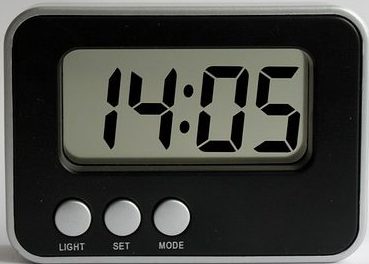Daylight-Savings Time (DST) is a practice of advancing clocks by one hour during warmer months to allow longer daylight time and setting the clock back by one hour in autumn to return to standard time.
DST has been observed in a few cold countries in the world-like USA, UK, Canada, European Union, and some others. The idea of DST floated in 1784 but was implemented for the first time in 1916.
However, the controversy about DST has been since its proposal. Many states in USA like Washington, Oregon are getting rid of this practice, whereas many governments still choose to stick to it despite numerous protests. As of 2020, Arizona, Hawaii, American Samoa, Guam, The Northern Mariana Islands, Puerto Rico, and the Virgin Islands are not observing DST.
Let us see the pros and cons of Daylight-Savings Time objectively.
Pros:
- Longer evening is the best gift of the DST practice. People get inspired to make changes in their sedentary lifestyle and step out of the house for outdoor sports, exercises, and recreational time with their family.
- DST was started to save the extra one hour of daylight during war time to conserve the energy. So technically its main purpose is to save energy, however it is debatable whether the purpose is still fulfilled or not.
- More light makes one feel safer.
Cons:
- As mentioned, the DST practice was intended to conserve energy by using the daylight, however now when artificial lights and technology have made some phenomenal advancements, it is found that the energy saved due to DST is negligible.
- Even though just by an hour but making change in the time makes people fall sick. It disrupts their sleep hours and body clock. Studies say the cases of car accidents, suicides, depression, heart attacks and miscarriages increase dramatically at the start of the DST.
- Economically it is more expensive to create the support system and awareness campaigns when the DST ends. It is found that productivity decreases due to fatigue.

Looking at the pros and cons, I wonder if the pros are worth the cons? Why should we promote the desynchronization of body clock twice a year? We can simply embrace the changes of light and darkness happening in the nature and live a life in rhythm with the Universe.
The other option is to just keep the DST throughout the year and not change back to the real time as most minds and bodies tolerate subtle natural changes of daylight more easily.
As a medical practitioner, I find the application of daylight-saving time change hazardous to human health and wellness. The advantages are not significant, and the disadvantages are very detrimental.
Before I finished writing this article, one of my own family members had a heart attack 2 days after DST change and the first thing he told me without my asking was that he felt tired from the change of time and attributed the fatigue and discomfort to DST and missed that it was coming from his heart. The discomfort was vague, and he did not realize that he was having a heart attack. Early intervention did save him though.
It is time to put an end to this practice of DST and NOW is the time to end the time change.









Leave A Comment